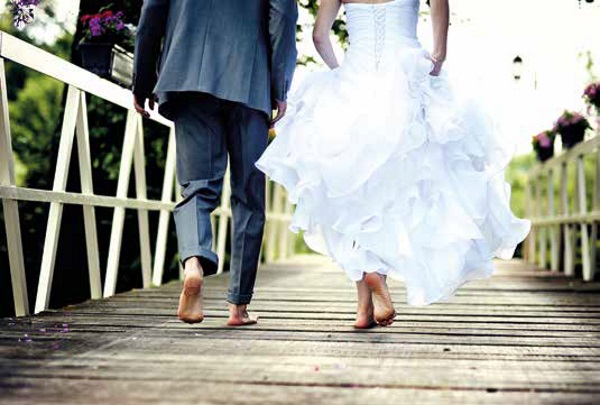Gemma Rose reflects on the case for getting married.
Readers of my column may remember that three years ago I decided that I wanted to meet more men. I spent a full year on my quest to do so. I had no qualms in asking friends to introduce me to their single guy pals or starting conversations with strangers. I also tried online dating, something which I once scoffed at. It wasn’t until the end of my year-long search that I met the man who is soon to become my husband. I met him online.
I am still of a generation where it was every young girl’s dream to get married. I didn’t necessarily dream of having a white wedding, but I did want to get married, at 26. Many of my friends shared the same view. Of course, life didn’t turn out like that for many of us, and by the time I’m married, I’ll be in my mid-thirties.
It has become more common now for a couple to live together before marriage, or not to get married at all. Women are becoming more financially independent, with the pay gap closing, thus reducing the need to marry for financial security. They are also choosing to marry later in life. The United Nations Economic Commission for Europe identified that between 2000 and 2010 the age at first marriage had risen. Sweden, for example, has the highest average age of first marriage for women at just under 33.
One of the issues that plagued a couple was the well-known fact that if they lived together before marriage, they were more likely to divorce. In the US, studies from the 1970s to early 2000s found that on, average, couples who lived together were 33% more likely to divorce. Yet, I started thinking about several of my friends and acquaintances that lived with their partners before, or instead of, getting married. They seemed to be in loving and satisfactory relationships. Could it be that the facts no longer hold?







